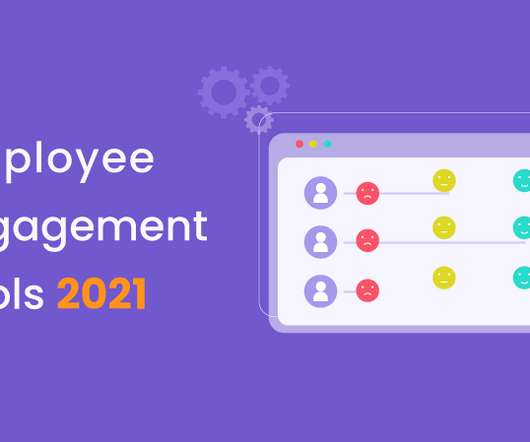6 Must-Know Stats from Our 2022 Benefits Benchmark Report
PlanSource
MARCH 16, 2022
6 Must-Know Stats from Our 2022 Benefits Benchmark Report. We’ve scoured over 200 million benefit elections in our system and analyzed real user behavior and data to bring you our 4th annual Benefits Benchmark Report. How is the Great Resignation affecting the benefits landscape? Benefits are expensive.
















Let's personalize your content